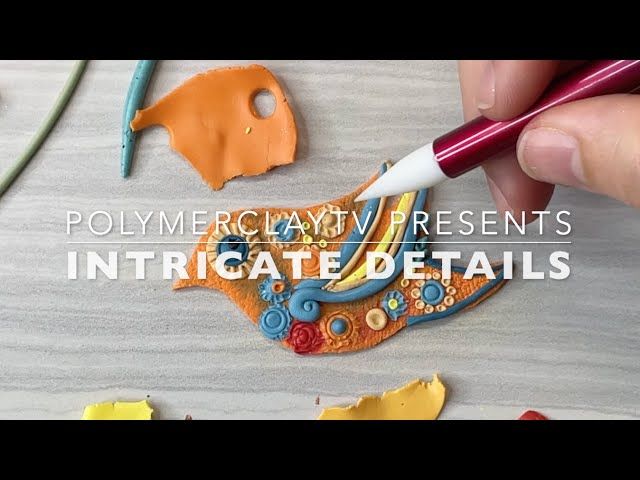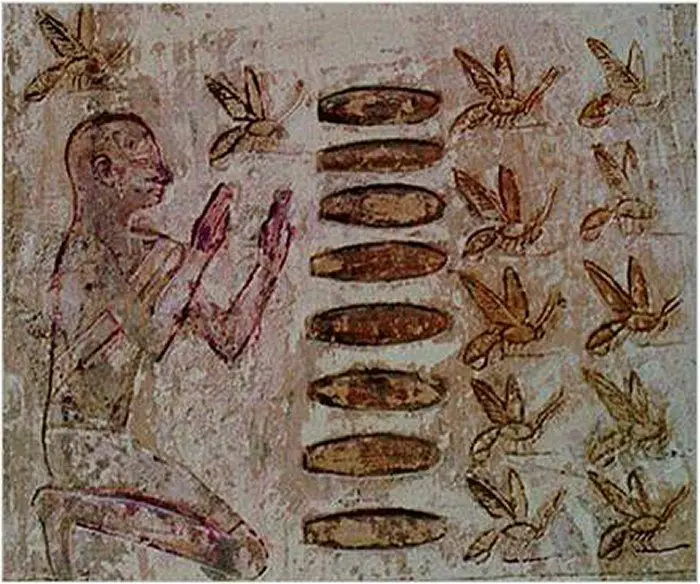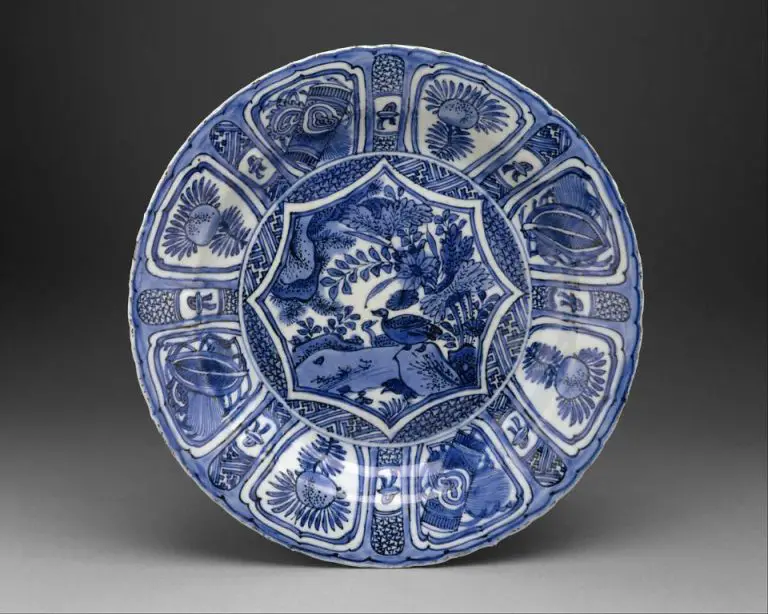What Material For Backflow Incense Burner?
Backflow incense burners, also known as backflow cones, are a unique type of incense burner that creates beautiful cascading smoke effects. As the incense burns inside the cone, the smoke flows down through holes in the cone in artistic patterns. Backflow incense burners allow you to enjoy the sights and scents of incense in a visually stunning way.
Backflow incense burners come in a variety of materials, each with their own properties. The material affects the look, feel, and price of the backflow cone. Common materials used include ceramic, glass, wood, metal, stone, and crystal. When choosing a backflow incense burner, you’ll want to consider factors like aesthetics, heat resistance, durability, and price.
Ceramic
Ceramic is a popular material choice for backflow incense burners. It has some unique properties that make it well-suited for this use:
Properties of ceramic
Ceramic is made from clay that has been shaped and then hardened through high heat. This process makes it durable and heat-resistant. Ceramic backflow incense burners can withstand the heat needed to burn incense without cracking or warping. Ceramic is also porous, which allows the aromatic smoke from incense to permeate the material and be released slowly over time. The porous nature gives ceramic backflow burners their unique cascading smoke effect.
Pros
– Durable and long-lasting
– Can withstand high heat
– Porous texture creates smoke cascading effect
– Available in many colors and glazes
– Affordable option
Cons
– Porosity can allow odor absorption over time
– Not as lightweight as some other materials
– Can chip or crack if dropped
Glass
Glass is a common material used for backflow incense burners. It has some notable properties that make it suitable for this application:
Glass is transparent, allowing you to see the backflow effect clearly as the smoke and ash traverse down into the lower chamber. The smooth surface of glass also allows the smoke to flow evenly and smoothly.
Glass is impermeable, so it does not absorb any of the fragrance or smoke. This helps maximize the scent throw and visual effect.
Glass is also inert and non-reactive. It will not affect or alter the incense ingredients when burned. Glass backflow incense burners are safe to use without any risk of hazardous chemical reactions.
The main downside with glass is durability. Glass can crack or shatter if dropped or impacted. So glass backflow burners require gentle handling. Glass is also susceptible to high heat. Placing the burner directly over a flame or heating element could potentially cause the glass to crack from thermal shock.
Overall, glass is one of the most popular choices for backflow incense burners due to its optical clarity and smooth surface. It allows for an unobstructed view of the backflow effect. Just take care when handling and avoid exposing the glass to extreme high heat.
Wood
Wood is a common natural material used to make backflow incense burners. There are several types of wood that are well-suited for incense burners:
- Teak – Teak is a durable hardwood that resists warping. It has a nice smooth finish and attractive grain patterns.
- Sandalwood – Sandalwood has a delightful fragrance that enhances the incense experience. It’s also moisture resistant.
- Bamboo – Bamboo is lightweight yet sturdy. It’s also sustainably harvested.
- Maple – Hard maple is smooth, dense, and easy to craft into ornate shapes.
- Cedar – Cedar has a pleasant aroma and is naturally resistant to insects.
The natural beauty of wood complements the meditative nature of burning incense. Wood is also affordable and widely available. On the downside, wood can be prone to cracking over time. Proper sealing and care is required. Overall, wood is a classic, eco-friendly choice for incense burner material.
Metal
Metals are a popular material choice for backflow incense burners. The most common metals used are copper, brass, and steel. Here are some of the pros and cons of using metal:
Pros:
- Very durable and long-lasting.
- Can withstand high temperatures from burning incense.
- Metals like copper and brass develop a unique patina over time.
- Wide range of styles and designs possible.
- Often more affordable than crystal or stone.
Cons:
- Can get quite hot from the incense ashes.
- May require more frequent cleaning to remove ash buildup.
- Certain metals like steel can rust if left damp.
- Not as visually appealing for some compared to natural materials.
Overall, metal burners are a solid option that offers versatility and durability. Copper and brass have a nice warmth and patina over time. Steel is very affordable but requires diligent cleaning to prevent rust. Choose a design that appeals to your style sensibilities.
Stone
Stone is a popular material choice for backflow incense burners because of its natural beauty and ability to retain heat. Some common types of stone used include marble, obsidian, granite, and soapstone.
Marble is a metamorphic rock known for its smooth finish and veining that results in beautiful patterns. It comes in a variety of colors like white, black, pink, and green. Marble retains heat well but can be prone to cracking if exposed to rapid temperature changes.
Obsidian is a volcanic glass with a glossy black color. It is formed when lava cools rapidly. Obsidian is appreciated for its sleek appearance and its heat resistance, making it an excellent choice for backflow incense burners. However, obsidian can be fragile.
Granite is an igneous rock made up of quartz, feldspar, and various minerals. It is an extremely hard and durable material available in array of colors and patterns depending on its mineral composition. Granite makes a great backflow incense burner material because it retains heat and resists cracking.
Soapstone is a metamorphic rock with a soft, smooth texture. It has high heat retention and is resistant to cracking. Simple soapstone burners allow the natural beauty of the stone to shine through. However, soapstone can be scratched or stained over time with use.
Overall, natural stones make excellent materials for backflow incense burners because of their ability to retain heat and complement the incense experience with their inherent beauty. Harder stones like granite tend to be more durable while softer stones like marble or soapstone allow for intricately carved designs. Consider the characteristics of each type of stone when choosing a material that aligns with your priorities.
Crystal
Crystal is a popular material choice for backflow incense burners. The natural beauty and energy of crystals complement the elegant curls of smoke produced by backflow incense. Some common crystals used for backflow burners include:
- Amethyst – Known for its calming, spiritual energy. Lovely purple color.
- Rose Quartz – Promotes self-love and harmony. Pale pink hue.
- Clear Quartz – Amplifies energies. Transparent and crystalline.
- Labradorite – Displays an iridescent play of colors. Soothing to the aura.
The main pros of crystal backflow burners are:
- Natural material with its own energies and properties.
- Each piece is unique based on the crystal formation.
- Translucent quality complements and enhances the smoke patterns.
The main cons are:
- More expensive than glass or ceramic.
- Translucent surface can get sooty over time.
- Crystals need to be energetically cleansed periodically.
Overall, crystal creates a stunning vessel for backflow incense. The synergistic pairing of crystal energies and incense smoke is ideal for relaxation, meditation, and encouraging positive vibrations.
Comparing Materials for Backflow Incense Burners
There are several key factors to consider when comparing materials for backflow incense burners.
Appearance: Ceramic and glass burners allow you to see the smoke swirling inside. Wood, metal, stone, and crystal burners have their own unique visual appeal, but don’t offer transparency. Glass tends to provide the clearest view.
Durability: Ceramic, metal, and stone burners are very durable and will last a long time. Glass can chip or crack if dropped. Wood requires more care to prevent scorching or water damage.
Weight: Glass and ceramic burners tend to be lighter. Stone, crystal, and metal burners have more heft. Wood can vary greatly depending on thickness.
Porousness: Ceramic, glass, metal, and crystal burners are non-porous and easy to clean. Wood and unglazed stone are more porous and can absorb smells over time.
Thermal properties: Ceramic, glass, and stone retain heat well to keep incense burning evenly. Metal and wood dissipate heat faster.
Price: Simple ceramic and glass burners are very affordable. Intricately carved wood, semiprecious stone, and metal burners can be much more expensive.
Consider the pros and cons of each material based on your priorities in terms of aesthetics, durability, weight, maintenance, performance, and budget.
How to Choose a Backflow Incense Burner Material
There are several factors to consider when selecting the best material for your backflow incense burner:
Heat Resistance
Look for materials like ceramic, glass, or metal that can withstand the heat of burning incense without cracking or melting. Avoid materials like plastic that could release toxic fumes.
Appearance
Consider the visual aesthetics – ceramic offers bright glazes, glass has sleek transparency, metals like copper have an earthy shine. Choose a material that aligns with your style.
Weight
Materials like stone and metals will be heavier while ceramic and glass are lighter. Choose based on your needs for stability or portability.
Price
Handcrafted materials like ceramic, crystal, and glass tend to cost more than mass produced wood or metals. Set a budget and look for quality within different price ranges.
Cleaning
Some materials like ceramic and glass are very easy to clean while porous options like wood can trap residue. Consider how much cleaning effort you want to invest.
Test out different material options to find the right balance of appearance, durability, weight, price, and ease of care for your needs and style.
What Material is Best for a Backflow Incense Burner? Conclusion
In conclusion, the best material for a backflow incense burner depends on your preferences and needs. Ceramic burners are affordable and retain heat well, but are prone to cracking. Glass looks elegant but can get quite hot. Wood matches natural decor but requires careful maintenance. Metal like copper offers excellent heat conduction, while stone like marble gives a luxurious feel. Crystal infuses energy, but is expensive.
Consider what design and features appeal most to you. Ceramic or glass work well for decorative carved styles, while natural materials like wood or stone complement earthy decor. Copper or other metals efficiently channel smoke. The size of the burner must also fit your space.
Ultimately, choose a high quality backflow incense burner in your preferred material that safely contains burning incense and aligns with your budget and style preferences. With proper care, it will provide a lovely aromatic experience.





